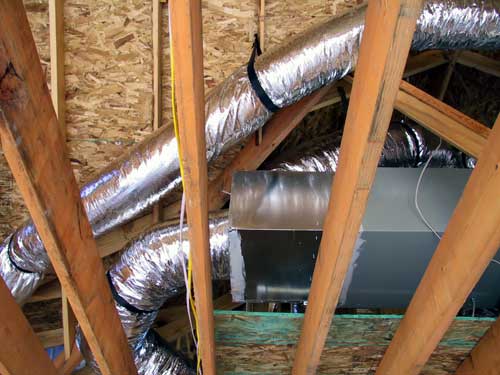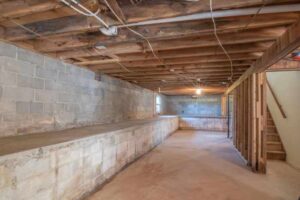Ducting means either a system of ducts already in place or a tubing or piping layout that form a system of pipes. Through this system, fluids or air can pass through, keeping a dwelling warm or comfortably cool.

However, your home may not have these in place due to its age. In order to better respond to extreme weather conditions, you might ask, “How do I install ducting in my home?”
That’s what this article will help you do!
Install Ducting in My Home
Installing ductwork for heating and air conditioning is a bit like putting together a giant jigsaw puzzle. Hence, while retrofitting an older house, or adding heating and cooling to a new room, attic or basement, there are a few tips one must keep in mind.
- Tip 1: Ducting systems should use natural air movement to your advantage. For example, for air conditioning to work in a proper manner, the large ducts that carry air back to the central unit need to be installed high up on the wall of each upper floor. This will allow them to capture warm air and return it for cooling. For efficient heating, one must install the ducting at a low point on the first floor so that cooler air can be captured and returned for heating. The best ducting systems may require a mixture of these two kinds.
- Tip 2: Ducting systems should run in straight lines, from the basement to each register. The more turns, the slower the air, meaning that less air will be delivered to the log.
- Tip 3: All registers in a ducting system should have a direct connection to the central unit (also called the basement trunk line). Every register should have its duct. For instance, if registers are connected to only a single tube on the second and third floors, only the second floor would get the heat.
- Tip 4: Make a map of your ducting system paths before making holes. In an ideal ducting system, the ducts should run between studs in walls and then turn in between joints. The studs and bays should line up and make a clear path.
- Tip 5: While making a turn, use a fitting designed for his purpose. Square corners are inefficient and are now part of old-fashioned ducting.
- Tip 6: Ducting used for heating purposes should be planned to emerge at the outer walls, as these are the coolest walls in the whole structure. Registers for the ducting system should be in the middle of the outer wall, either on the floor or low on the wall. If there is more than one outer wall, there should be a register on each of them. However, in a minuscule room, just one duct might also be sufficient.
- Tip 7: Care should be taken while ducting that the piping that runs through unheated space should be insulated. If this is neglected, the duct will lose a lot of heat while getting to the register. This is especially necessary when you are adding on to an unheated crawl space in the house.
Hope these tips focused on how to install ducting in my home were useful to you!



